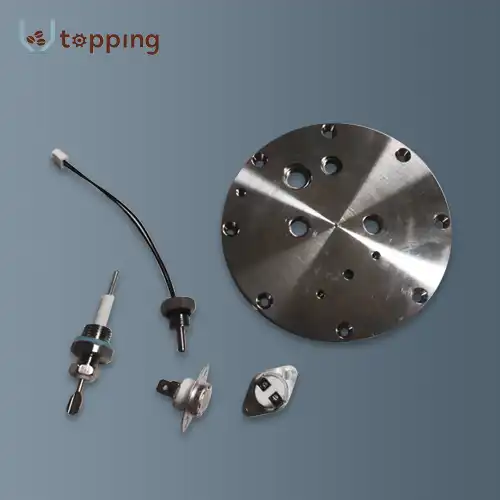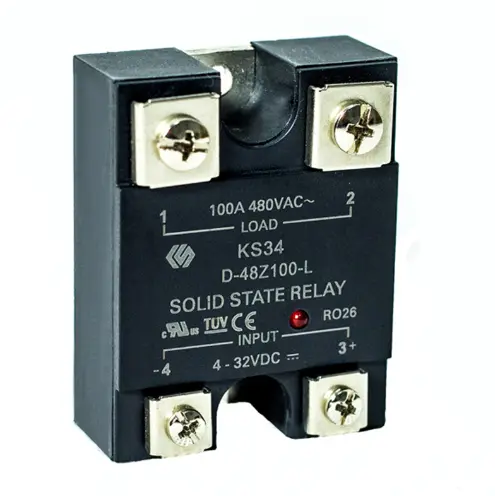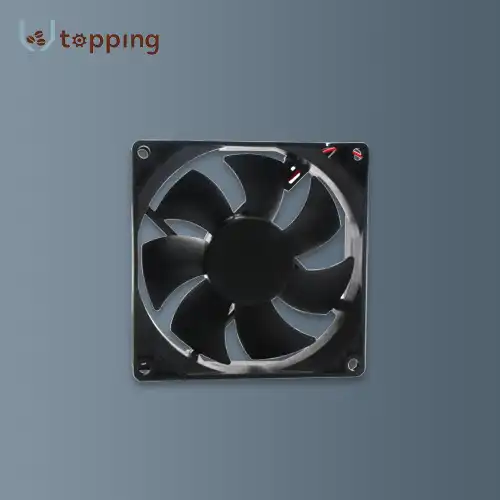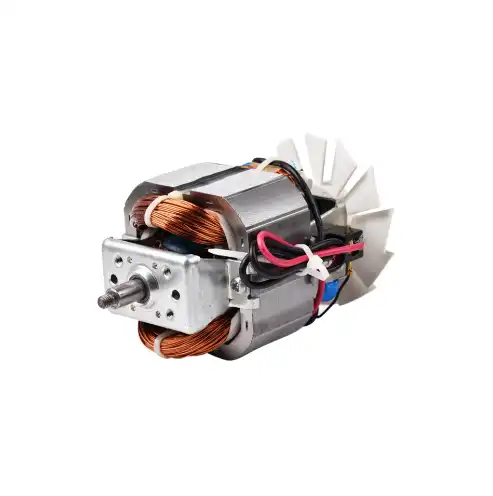What is a mini PCIe used for
2024-10-16 15:35:50
Implanted Frameworks
Mini PCIe (Peripheral Component Interconnect Express) plays a crucial role in implanted frameworks, which are compact, specialized computer systems designed for specific applications. These frameworks are often utilized in industrial settings, automobile systems, and other contexts where dependability and space are critical.
In implanted frameworks, cards serve various purposes. They can add functionality to existing systems without requiring significant redesigns. For instance, a card can introduce wireless connectivity to an industrial control system, enabling remote monitoring and control. This capability is particularly valuable in scenarios where wired connections are impractical or impossible.
Another common use of mini PCIe in implanted frameworks is for system expansion. These cards can add specialized interfaces, such as CAN (Controller Area Network) buses for automotive applications or additional serial ports for industrial communication.Because of this adaptability, system designers may build modular, upgradeable systems that can change as needs do.
Cards are also used in implanted frameworks for data acquisition and processing. For example, a card equipped with analog-to-digital converters can collect sensor data in real-time, process it, and feed it back into the main system. This capability is crucial in applications like environmental monitoring, where continuous data collection and analysis are essential.

Remote Correspondence
One of the most prevalent uses of cards is in remote correspondence, or wireless communication. These cards enable devices to connect to various wireless networks, dramatically expanding their communication capabilities.
Wi-Fi connectivity is perhaps the most common application in this category. Mini PCIe Wi-Fi allows laptops, tablets, and other portable devices to connect to wireless networks. These cards are compatible with a variety of network infrastructures since they frequently support various Wi-Fi protocols.
Another important wireless technology that is frequently included in micro PCIe cards is Bluetooth. Short-range communication between devices is made possible via Bluetooth, making it easier to connect peripherals like keyboards, mouse, and headphones. Many cards combine Wi-Fi and Bluetooth capabilities, offering a comprehensive wireless solution in a single package.
Cellular connectivity is an increasingly important use case for mini PCIe. These cards can add 3G, 4G, or even 5G capabilities to devices, enabling them to connect to mobile networks. This functionality is crucial for applications that require constant internet connectivity, such as mobile point-of-sale systems or remote monitoring equipment.
Some cards also support other wireless protocols, such as ZigBee or LoRaWAN, which are used in Internet of Things (IoT) applications. These low-power, long-range communication technologies are ideal for sensor networks and other distributed systems.
Capacity Extension
Mini PCIe is widely used for capacity extension, particularly in the realm of data storage. As devices become more compact and the demand for storage continues to grow, mini PCIe offers a solution that balances size constraints with performance needs.
Solid-State Drives (SSDs) in the form factor are a popular choice for capacity extension. These drives provide several advantages over traditional hard disk drives, including higher read and write speeds, lower power consumption, and increased durability due to their lack of moving parts.Because ultrabooks and other thin laptops have little space, SSDs are very helpful.
In addition to storage, cards can also be used to expand a system's memory capacity. While less common than storage applications, some specialized mini PCIe can add RAM to a system, which can be beneficial in embedded systems or other scenarios where traditional memory expansion is not feasible.
Another form of capacity extension enabled by mini PCIe is the addition of specialized processing capabilities. For instance, some mini PCIe include dedicated graphics processors or AI accelerators, allowing systems to offload specific computational tasks from the main CPU. Performance in applications like computer vision or machine learning may be greatly improved by doing this.
Car Gadgets
The automotive industry has embraced mini PCIe technology for various in-vehicle applications. Modern cars may now incorporate cutting-edge innovations that improve functionality and user experience thanks to these cards.
Navigation systems often rely on cards for GPS functionality.Turn-by-turn navigation, fleet tracking, and other location-based applications require accurate location data, which these
In the realm of advanced driver assistance systems (ADAS), mini PCIe plays a role in processing sensor data. To interpret video feeds from cameras, for example, a micro PCIe card may be utilized. This would help with features like automatic parking systems and lane departure alerts.
One important new use for small PCIe in automotive devices is telematics. Cars that have these cards installed may get software updates, offer diagnostic data, and function as portable Wi-Fi hotspots thanks to their cellular connectivity. This connection is essential to remote vehicle control systems and modern connected car technologies.
Mini PCIe is also used in automotive entertainment systems.
Clinical Gadgets
Mini PCIe is being used in clinical devices more often in the healthcare industry, which is helping to enhance patient care and progress medical technology.
The use of medical imaging equipment is one important use. Devices like portable X-ray systems and ultrasound equipment can benefit from the addition of specialist image processing capabilities through their usage. The intricate calculations needed for picture augmentation and reconstruction may be handled by these cards, enhancing the accuracy and speed of medical imaging. Technology is very advantageous for patient monitoring systems. By adding wireless connectivity to monitoring equipment, these cards enable the real-time transfer of patient data to mobile devices used by healthcare personnel or central nursing stations. This feature improves patient care by providing speedier reactions to patient changes.
In the field of telemedicine, cards enable secure, high-bandwidth communication. They can enable remote consultations and the long-distance transfer of medical data by adding cellular or Wi-Fi connectivity to portable medical equipment. In underserved or rural locations where access to specialist medical care may be restricted, this is especially helpful.
Medical data collecting systems also employ mini PCIe. They can include interfaces for different medical sensors and devices, enabling the processing and gathering of a wide range of physiological data. This capacity is essential for generating new diagnostic tools and in research environments.
Mini Pcie Supplier
With a large inventory and full certificates, Topping Motor provides OEM and ODM services, ensuring fast delivery, tight packaging and comprehensive testing support. If you are choosing your Mini Pcie supplier, welcome to contact us at sales@huan-tai.org
References
1. Intel Corporation. Mini PCI Express Interface Specification.
2. PCI-SIG. PCI Express Mini Card Electromechanical Specification.
3. IEEE. Wireless LAN Medium Access Control (MAC) and Physical Layer (PHY) Specifications.
4. Embedded Computing Design. Mini PCIe in Embedded Systems.
5. Automotive Electronics Council. AEC-Q100 Stress Test Qualification for Integrated Circuits.
Send Inquiry
Related Industry Knowledge
- Inside a Vending: What are the Different Parts of a Machine?
- How Does Boiler Size Affect Coffee Machine Performance?
- How Can You Identify the Right Spare Parts for Your Coffee Vending Machine?
- What Are the Key Components of a Coffee Vending Machine Dispensing System?
- Does a better grinder make better coffee?
- Why is Hygiene Important in Vending Machine Cup Dispensers?
- How to Fix Coffee Grinder Motor?
- Coffee Vending Machine Mixing Systems Components
- Do coffee machines have built in grinder?
- What Are Coffee Vending Machine Ingredient Canisters Made Of?







.webp)


